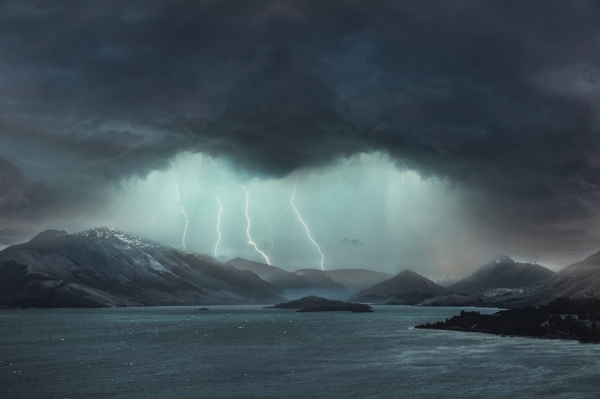As rising global temperatures shift snow to rain, mountains across the Northern Hemisphere will be hotspots for extreme rainfall events that could trigger floods and landslides – potentially impacting a quarter of the world’s population.
As the world warms, extreme weather events grow – and they also change. Researchers at the Department of Energy’s Lawrence Berkeley National Laboratory (Berkeley Lab) found that climate change is shifting snowfall to rainfall on mountains across the Northern Hemisphere. Those surges of liquid water bring a distinct set of dangers, including floods, landslides, and soil erosion.
“One quarter of the global population lives in or downstream from mountainous regions,” said Mohammed Ombadi, first author of the paper published today in Nature. “They are going to be directly affected by this risk.”
Scientists already expect climate change to increase the volume of water falling during extreme events (which typically take place over a few hours to a day), but this study is the first time researchers have looked at whether that extreme precipitation comes as rain or snow. They found that the fraction of water falling as snow decreased in mountainous regions, falling instead as rain – making mountains particularly susceptible to extreme rain hazards. They even put a number to it: For every 1 degree Celsius increase in the global temperature, researchers expect an average of 15% more rain at high elevations.
Read more at DOE/Lawrence Berkeley National Laboratory
Photo Credit: ELG21 via Pixabay


